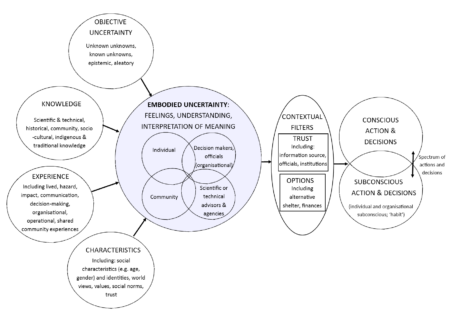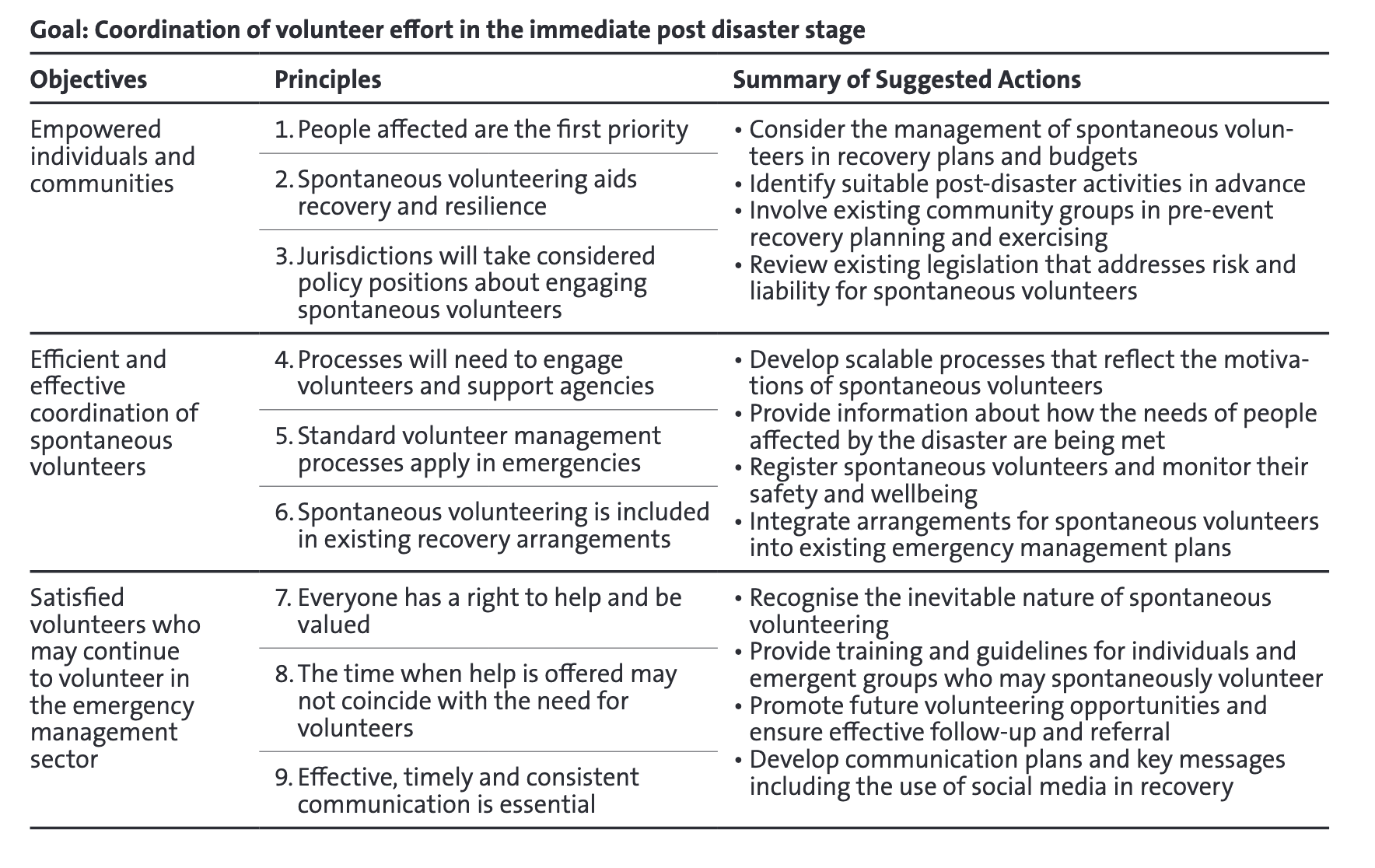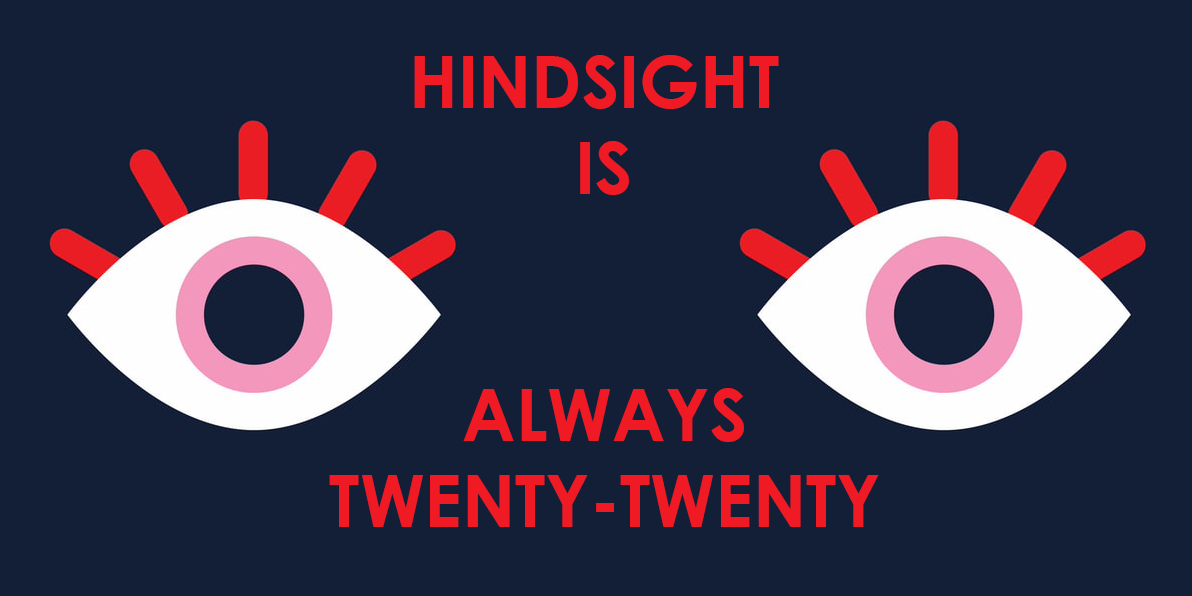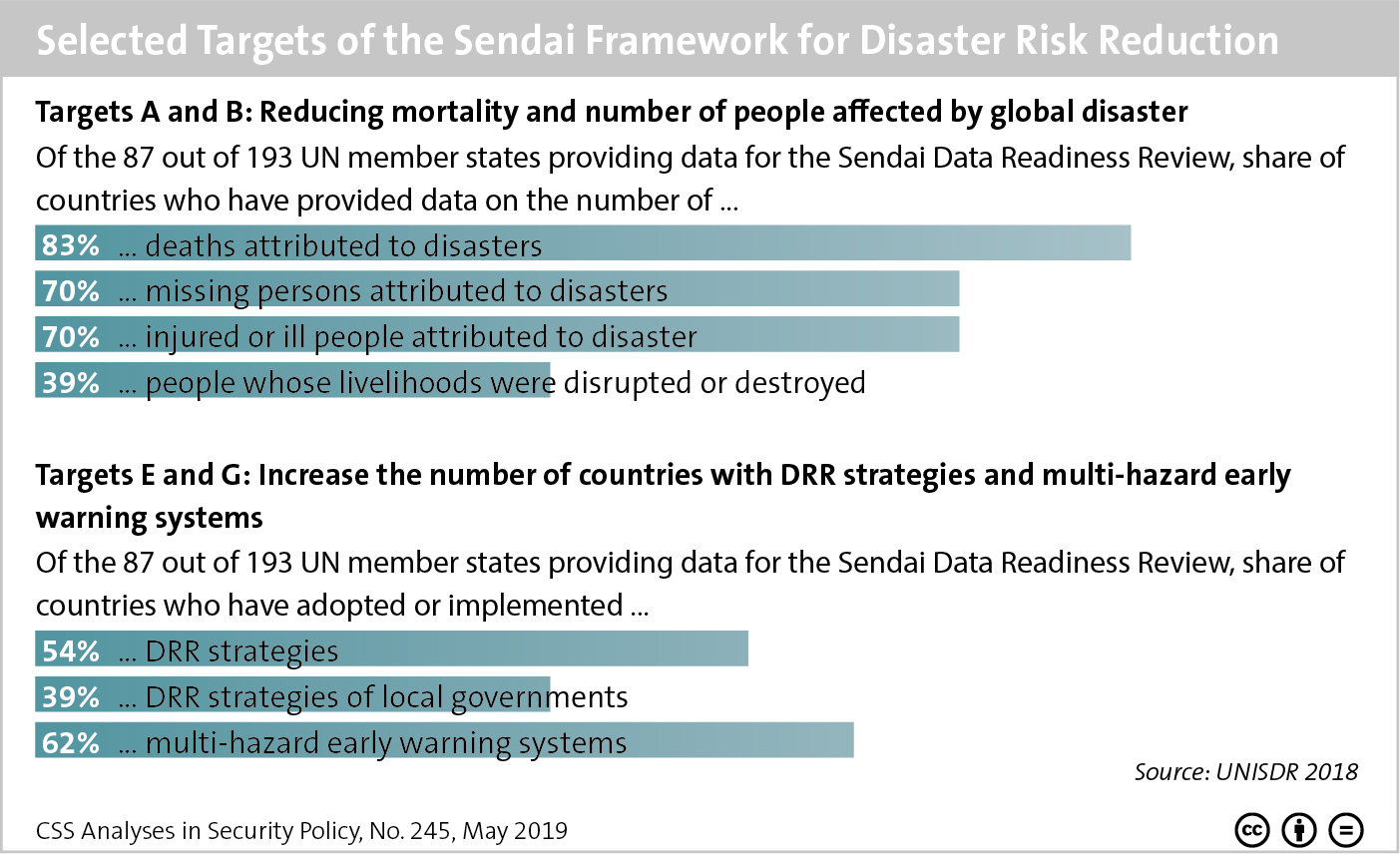
Image: The Concept of Embodied Uncertainty as visualized by Sword-Daniels et al. (2018)
Affluence and vulnerability are often seen as opposite sides of a coin – with affluence generally understood as reducing forms of vulnerability through increased resilience and adaptive capacity. However, during the past ten years, my research with a range of colleagues has consistently highlighted the need to re-examine this dynamic relationship in the context of climate change, natural hazards, and associated disasters. A new collaboration recently provided an opportunity to develop this work further, by applying resilience thinking from the realm of disaster research to another pressing research topic: cyber security.




